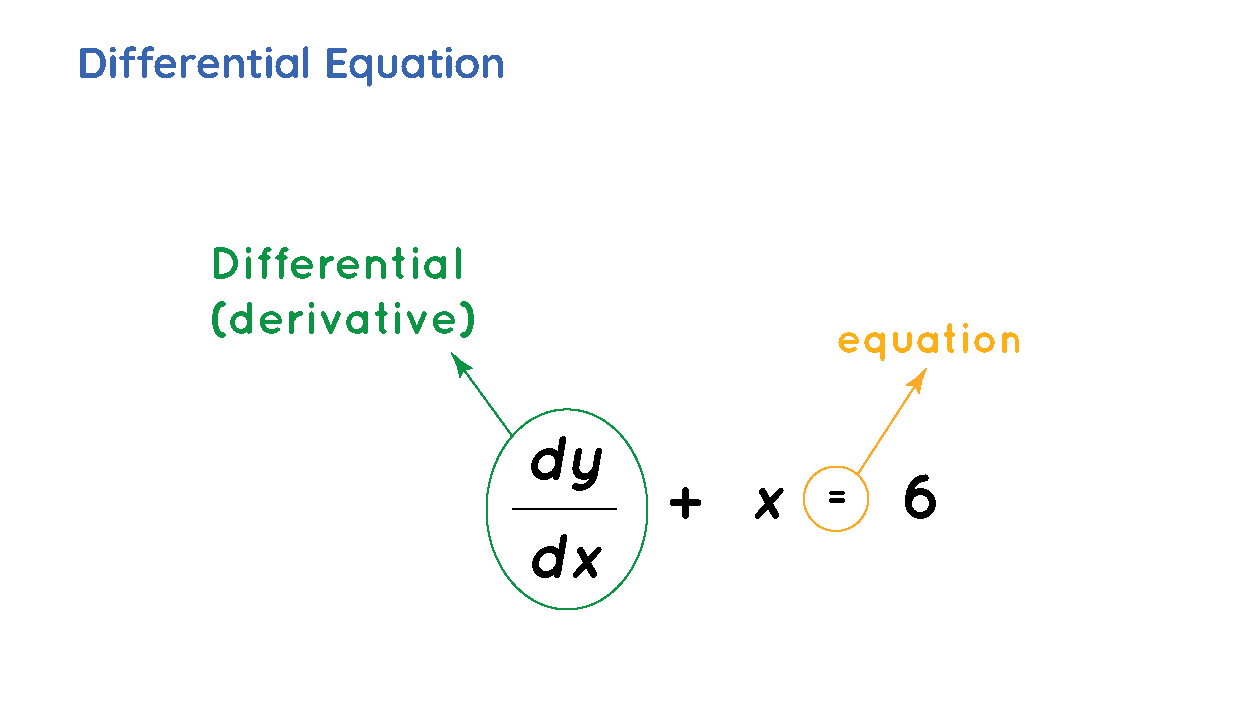The first axis: differential equations:
Section outline
-

By the end of this axis the student will be able to:
1. Level of knowledge and remembrance: Students at this level recover information from memory (tribal gains), where students save definitions associated with the subject of mathematics, acquire the necessary skills that enable them to use optimal methods of counting and the student is given multiple choice questions, and is asked to answer them.
2. Level of assimilation and understanding: The student clarifies the basic characteristics that allow him to review the various theories and concepts in the axis. Here, the student gives some varied questions based on what has been used and understood for the study.
3. Students learn about various concepts related to differential equations, and use this to quantify and interpret different economic phenomena, and ask students to clarify the concepts by providing relevant examples of reality and working life.
4. Level of Analysis: Students distinguish between field working methods, having the student study the most important methods of dissemination.
5. Students investigate the role of differential equations in various economic activities through careful examination, and here students brainstorm to find the causes of the problem and how to solve it from the benefits of the lectures provided.
6. The student studies the concepts of first- and second-order differential equations, based on the resources and tools available to them and measure them. We develop a final exercise in which the various processes around the axis are determined.
-
Dear student upload the above file and read it well.

-
Dear student, try to solve the solve exercises.If you cannot you have to re-read the lesson and apply examples.
-
Dear student, you can see the following solution to evaluate your understanding of the lesson.

-
Dear student, you can use the following explanatory clip to support your information.
-
Dear student, you can also view the file for more information
-
Dear student, you can also view this book for more information.


